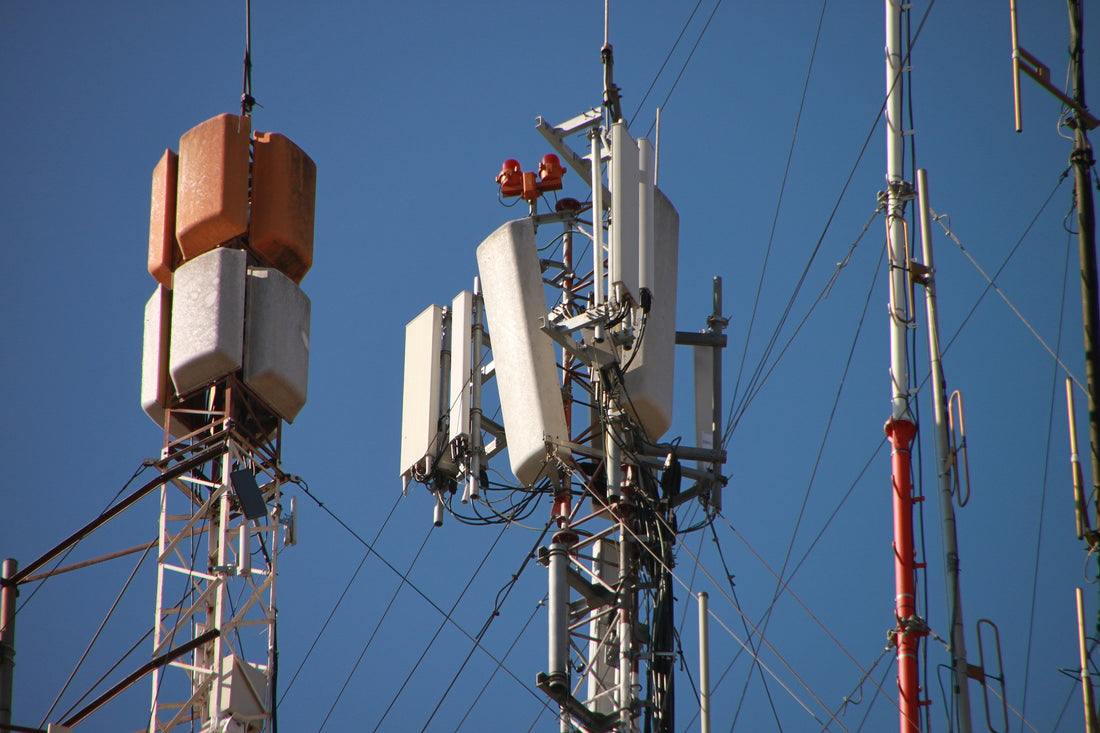Exploding handsets aside, Ericsson’s crisis shows the need for all players to accelerate their shift towards software and services
It’s been another week of exploding smartphones, and the growing fall-out from the problems with Samsung’s Galaxy Note 7. Once a flagship product and a genuinely innovative design, the latest Note has turned into a nightmare. Samsung has halted production and the recall and refund process – and more importantly, the loss of future sales – may hit its profits to the tune of $5.3bn.
Of course, Samsung is a big enough company to weather this storm, despite the awful timing, just as its handset business seemed to be in recovery mode. This will likely see it redouble its efforts to shift revenue and profit to non-smartphone businesses like memory, processors and displays, and to try to boost its efforts in software.
The trouble is, while the company is having some success with services like mobile payments, the classic software/content model for a device maker is to use those services to drive additional usage, and upgrades, to the smartphones, by creating an optimized and highly usable experience. Apple is the star at this, and the failure of the new Note – whose pen interface can support some interesting applications – will be a blow to Samsung’s hardware/software hopes.
Google is also chasing that integrated device/services dream with its new Pixel smartphones, just when the model is set to decline. The ascendant players will not be the hardware/software providers, which lock users into a particular device or brand. They will be the web content and applications firms, which can create a differentiated and attractive user experience across a whole range of current and future gadgets.
Amazon is leading the way, because this is its natural territory – despite the Kindles and Fires and Echoes, it is not a device maker and those products exist purely to drive more usage of its content and stores. That also gives Amazon a whole different approach to margins compared to actual hardware manufacturers. As it hurls its rocks at Apple and Samsung – it new low cost music streaming service, tied into its Echo and Prime platforms, is the latest example – it is even more strange that Google, which could go head-to-head in this game, is being distracted by the old-fashioned world of devices.
It isn’t just the device end of the mobile market where the old guard are being squeezed out. Network vendors and operators are faced with painful adjustments too – Ericsson’s huge job cuts of last week were followed this week by news of 3,200 layoffs at Verizon.
Ericsson followed its cuts with a profit warning, turning its investors’ harsh scrutiny on its plan to restructure its business around new realities. Of course, it only has an interim CEO, and a strong new leader is badly needed, but it does have a well articulated roadmap laid out by ousted CEO Hans Vestberg, with a set of targeted growth businesses and a potentially game-changing alliance with Cisco.
However, those growth businesses – which include virtualization, cloud and media – delivered only about $60m of additional revenue in the second quarter, and account for only $1.2bn of sales in a total of $6.1bn. That total is falling (down by $460m in the quarter) and the new businesses are not expanding rapidly enough to fill the gap, hence the cost slashing and general pessimism.
The Cisco deal is not cutting in sufficiently quickly, in terms of sales, to reassure shareholders or many customers, while the new targeted businesses are not greenfield markets where Ericsson can make the rules as it used to do in mobile networks – most of them are already occupied by powerful and defensive companies from IBM and HPE to Amazon. Ericsson has neutralized the potential competition from Cisco and will make other partnerships – or perhaps the big merger it has always resisted really will be on the cards once a new CEO arrives.
Acting CEO and CFO Jan Frykhammar told Bloomberg, after the Q3 profit warning: “This is absolutely not the beginning of the end for Ericsson.” That is likely to be true, even if Ericsson ends up in a merger. After all, its death has been predicted before, most recently in 2003 when its spiralling fortunes were rescued by CEO Carl Henric Svanberg. There is still reason to hope that Ericsson’s next CEO could be as effective as Svanberg in turning the ship, but it will be a big job. As in 2003, the company is not just facing stepped-up competition or seasonal fluctuations – it is in the midst of a complete redefinition of its industry. A decade ago that was centered on the shift to the Internet; now it is about the convergence of telecoms and IT and the rise of the software-driven network and the cloud.
Like Google and Apple, the big RAN vendors are still over-preoccupied with hardware. Of course 5G is important, but the strings of tests and pre-5G announcements – Huawei and Vodafone are the latest to boast of a field trial of the ‘New Radio’, based on preliminary work in 3GPP – do not convince anyone that these companies are ready for the next phase of their industry. Tactile Internet, artificial intelligence, massive IoT, hosted and virtualized RANs, everything delivered from the cloud, network slicing – these will be the foundations of the next wave of mobile and web experiences and business models.
The hardware will need to evolve to support them but it will be an enabler not a business driver in its own right. If Samsung’s exploding phones push the company to step up its software and user experience efforts, it may prove a bonus in the end, and a shift which companies throughout the mobile value chain will need to make too.

